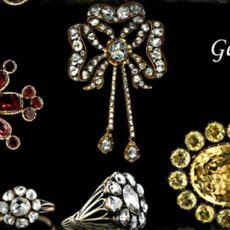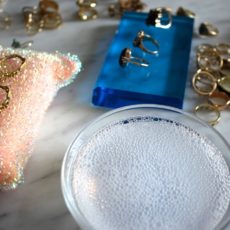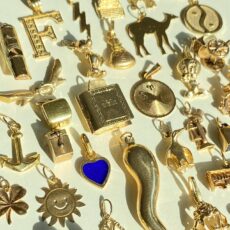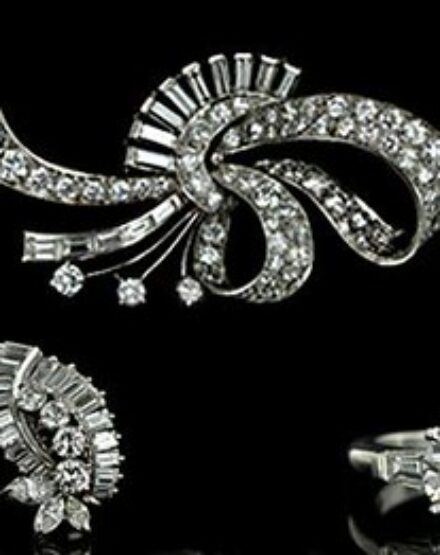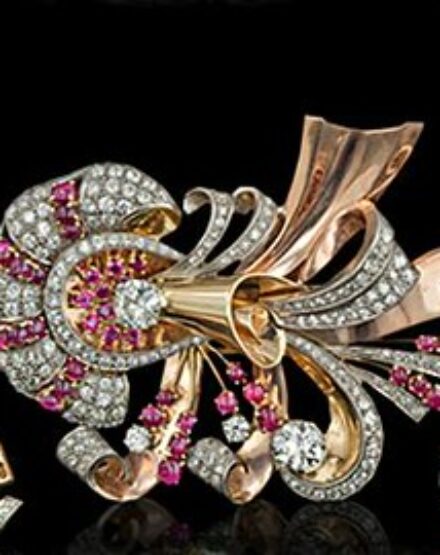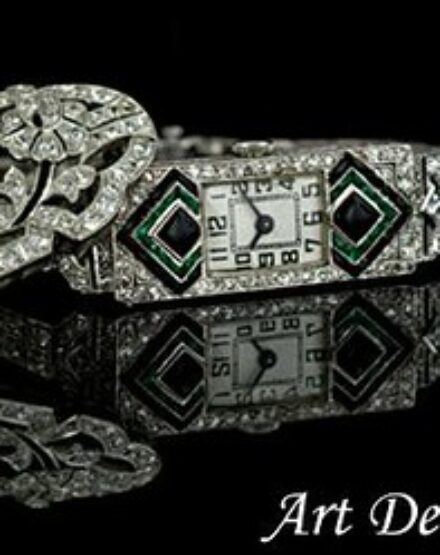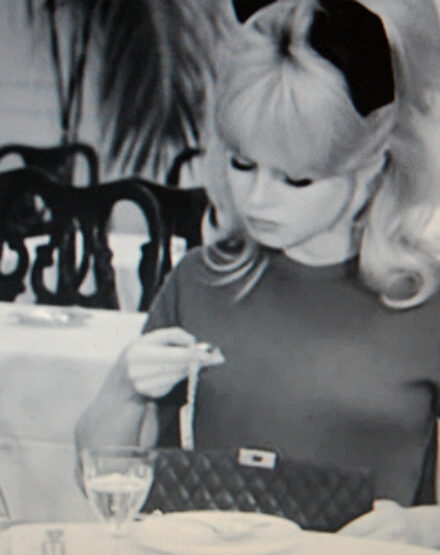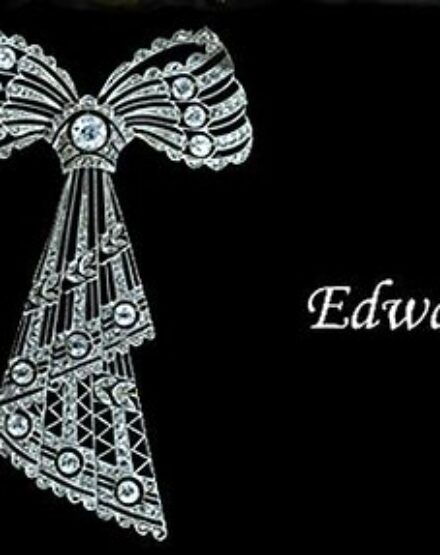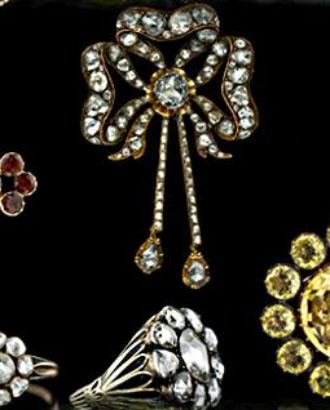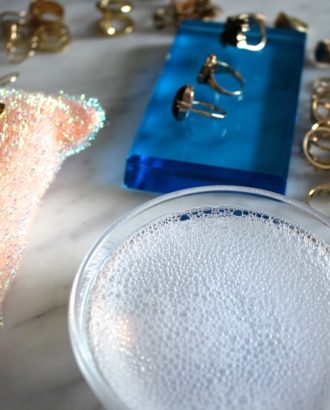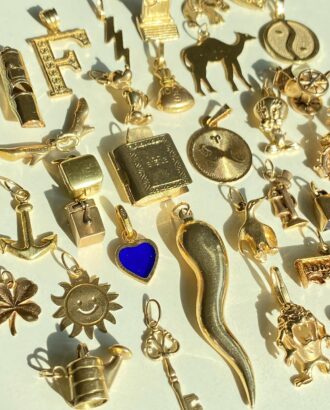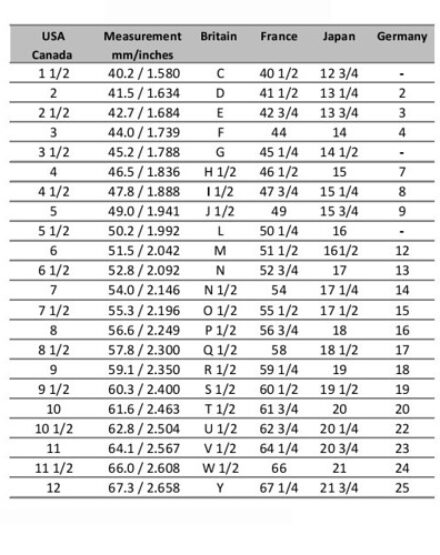Jewelry Time Periods: The 50s-Modern Times
Jewelry of the 1950s has recently been acknowledged in a historical perspective. Modern day jewelry is everchanging and is not yet considered "historical." After WWII, the jewelry industry began to flourish once again. Television and rock & roll were new influences. Several large jewelry houses produced both high-end, luxurious jewelry, as well as smaller classic pieces for your average, middle class consumer. During this time, artisan jewelry emerged, inspiring "Jewelry as Art" or "Wearable Art." Often this type of jewelry was hand-made and only included one-of-a-kind pieces. There are many collectors of Mid-Century American Studio Jewelry today. Present-day jewelry is happening now, with trends and motifs all around us. It is only a matter of time until it makes its way into history! Some motifs and distinctive elements of this time period: pavé diamonds! open, textural designs braided & twisted goldwork yellow gold paired with gemstones; white gold/platinum paired with diamonds matching sets called "suites" animals, bumble bees, snowflakes, flowers, leaves, stars short necklaces, choker style; "Riviera" necklace- graduated diamond choker Important People of the Time: Harry Winston Read More

